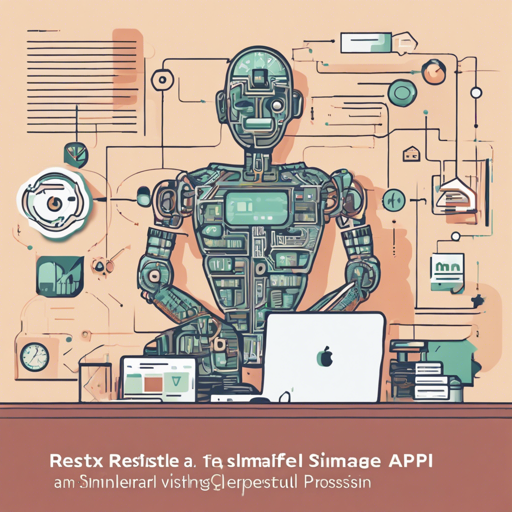In the evolving world of technology, ensuring that textual data maintains its originality and authenticity is of utmost importance. This blog article will guide you through the process of building a RESTful API that performs similarity checks on documents using Natural Language Processing (NLP). We will dive into Docker deployment for seamless execution.
Introduction
When we talk about document similarity, we refer to how closely related two pieces of text are in terms of their semantic meanings and concepts. This is crucial in areas such as plagiarism detection. Therefore, building an API that can efficiently check text similarity will bolster our tools for maintaining content integrity.

Objective
The primary goal of this API is to handle text similarity checks specifically focusing on plagiarism detection. This means understanding and comparing documents based on their content, which can enhance systems like educational assessments and editorial processes.
API Architecture
The API involves several endpoints, each responsible for a specific function, described below:
- Register a user: register (POST) – Requires username, password; Status Codes: 200: OK, 301: INVALID USERNAME
- Detect similarity of documents: detect (POST) – Requires username, password, text1, text2; Status Codes: 200: OK; RETURN SIMILARITY, 301: INVALID USERNAME, 302: INVALID PASSWORD, 303: OUT OF TOKENS
- Refill tokens: refill (POST) – Requires username, admin_pw, refill_amount; Status Codes: 200: OK, 301: INVALID USERNAME, 304: INVALID ADMIN_PW
Requirements
To build this API, you’ll need to ensure you have the following tools in place:
- spaCy: An open-source software library for advanced NLP. It simplifies Python processing.
- Flask Framework: Check how to install and run the Flask framework. Also, refer to this detailed guide.
- PyMongo: A Python distribution containing tools for working with MongoDB.
- Docker: Containerization platform for packaging applications.
- Docker-compose.yml: For orchestrating Docker containers.
Building the API
Now, let’s delve into the technical aspects of constructing our API. Think of the API as a restaurant where:
- Your users are the patrons (hungry customers) who want specific meals (similarity checks).
- The API endpoints represent the kitchen stations where different types of food (requests) are prepared – one for user registration, one for similarity detection, and another for refilling requests.
- The actual cooking (execution of the API) happens only when orders come in (requests are made) and the chefs (your server functions) take care of the rest!
Troubleshooting
If you encounter issues while setting up or running the API, consider the following pointers:
- Ensure that all dependencies are correctly installed.
- Double-check your API endpoints for proper routing.
- Check the configurations in your Docker-compose file for any discrepancies.
- Review your MongoDB connection settings.
- If you have questions or issues, feel free to reach out for help. For more insights, updates, or to collaborate on AI development projects, stay connected with fxis.ai.
Conclusion
Congratulations! You’ve learned to create a RESTful API aimed at checking document similarity using NLP techniques. At fxis.ai, we believe that such advancements are crucial for the future of AI, as they enable more comprehensive and effective solutions. Our team is continually exploring new methodologies to push the envelope in artificial intelligence, ensuring that our clients benefit from the latest technological innovations.

